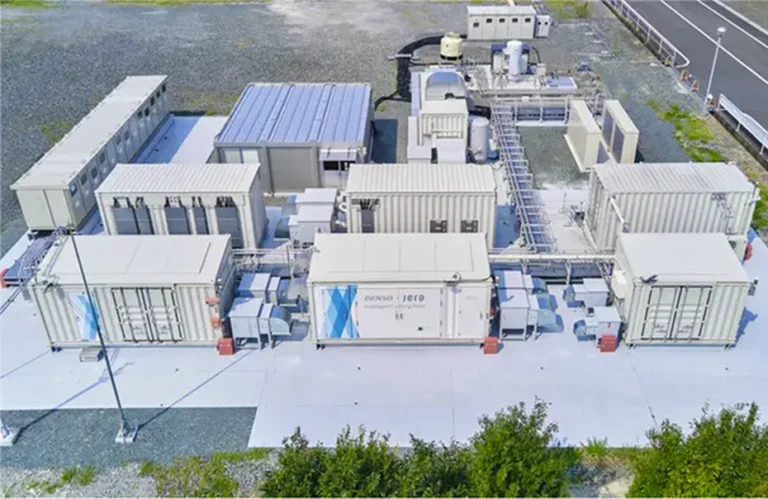
Balfour Beatty VINCI engineers have reopened the M6 motorway ahead of schedule after successfully sliding a section of a new HS2 viaduct across the busy route near Birmingham Airport.
Over the weekend, the 230-metre-long East Deck was moved into place during a planned closure of both northbound and southbound carriageways. For the first time on the HS2 project in the West Midlands, a ‘fully restrained’ sliding technique was employed, allowing the viaduct to be launched over the M6 Junction 4 slip road while keeping traffic flowing beneath it. The method, developed in collaboration with National Highways, reduced the duration of the operation and minimized disruption for road users.
The twin 320-metre viaducts will eventually carry HS2 trains over the motorway between London and Birmingham, with an identical West Deck scheduled to be launched next year. This weekend’s operation marked the second phase of the viaduct launch, following a successful first phase in June. The work began on Friday, 26 September, and the motorway fully reopened by Sunday, 28 September at 12.30pm—9.5 hours ahead of schedule.
Russell Luckhurst, Balfour Beatty VINCI engineer leading the project, said:
“This weekend, we completed the second phase of a complex operation to launch a massive viaduct over the M6. Thanks to the team’s expertise and new engineering techniques, we were able to reopen the northbound carriageway on Saturday evening and the full motorway by Sunday lunchtime—great news for road users in the area.”
He added that assembly of the viaduct decks takes place offline, next to the motorway, and is launched in three stages to minimize disruption. The team is now focused on the third and final launch of the East Viaduct, planned later this year.
Caroline Warrington, HS2 Ltd’s Head of Delivery, commented:
“This is a major feat of engineering over a vital section of the UK’s transport network. Reopening the road early is a fantastic achievement. These viaducts will be pivotal to the HS2 network, carrying high-speed trains over the M6 and creating better journeys for years to come.”
The viaducts are being built in stages, with each section assembled to one side before being pushed out over the motorway. As sections are added, the deck’s weight gradually increases, eventually reaching 4,645 tonnes.
The team worked closely with National Highways to coordinate the closure with other planned traffic management, while also consulting key local stakeholders including Birmingham Business Park, the NEC, and Birmingham Airport.
Kamaljit Khokhar, National Highways’ Head of Planning and Development for the Midlands, said:
“Our priority is to minimize disruption for people using or living near our roads, while ensuring work is carried out safely. The weekend’s operation went smoothly, and the innovative HS2 techniques significantly reduced traffic restrictions on this key route.”
The deck was moved using winches, known as strand jacks, at an average speed of ten metres per hour. To reduce friction, it slid across non-stick pads, using a material typically found on household frying pans. Rollers placed on the piers guided the viaduct to ensure it stayed on course throughout the operation.
Each viaduct features a hollow double-box structure made from weathering steel, which forms a protective oxidized layer, giving it a characteristic ‘rusty’ appearance and eliminating the need for regular painting. Four pairs of concrete piers support the viaducts, with the tallest measuring 9.9 metres. A 4.5-metre-high parapet will be installed on the side facing Chelmsley Wood to reduce noise and disturbance from passing trains.






